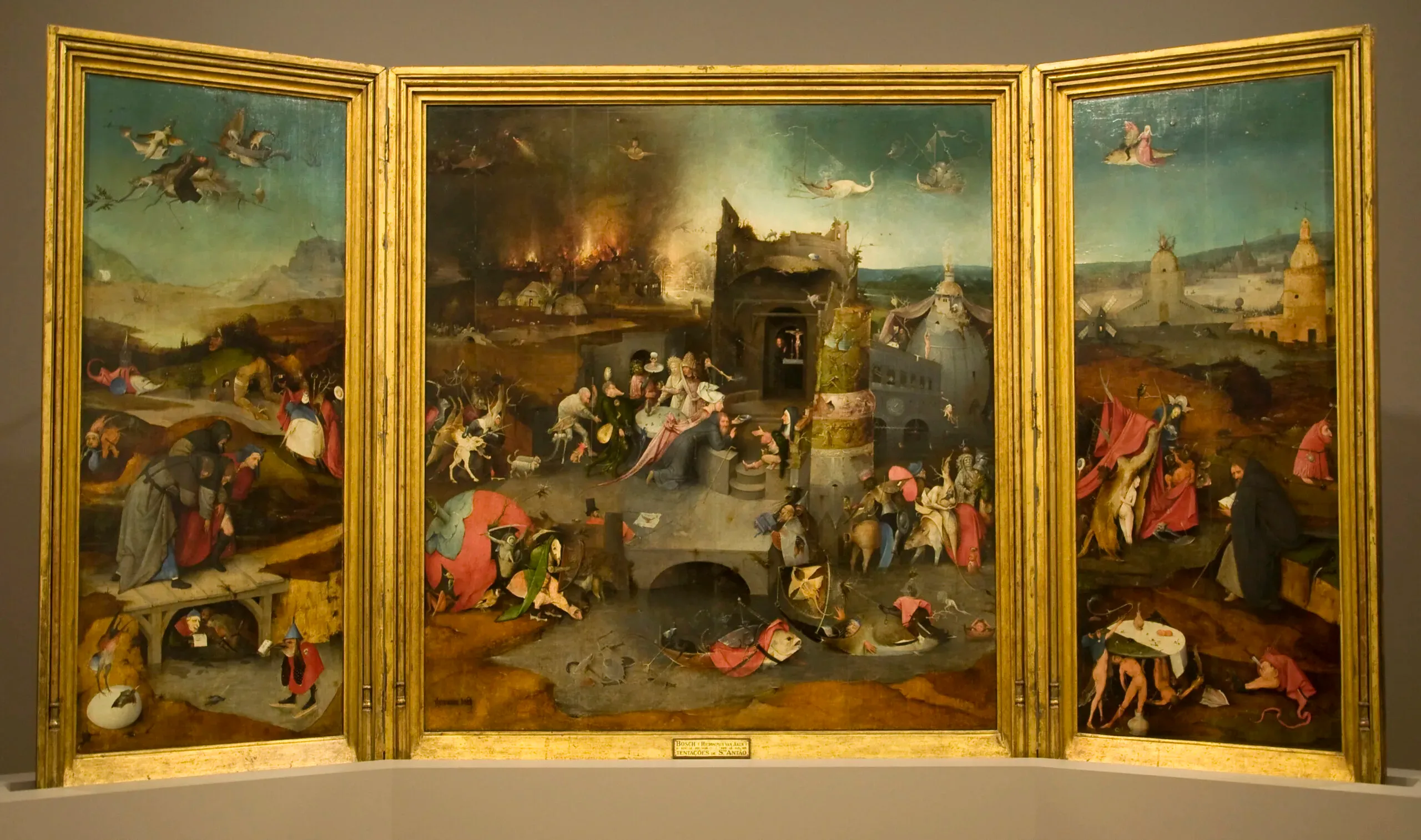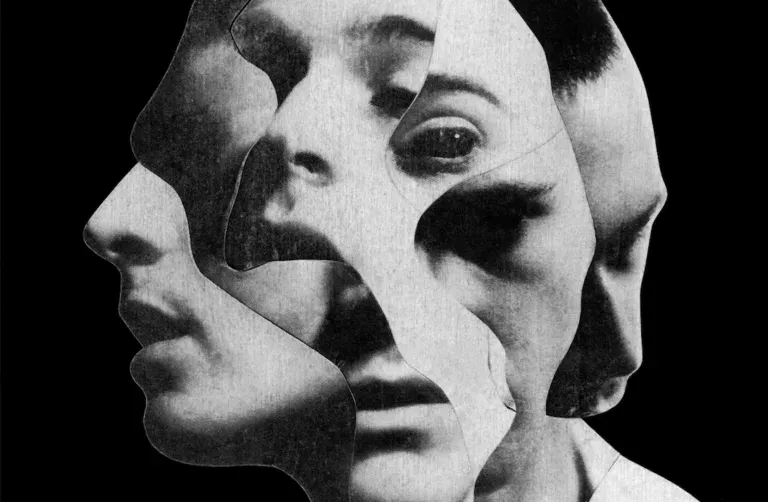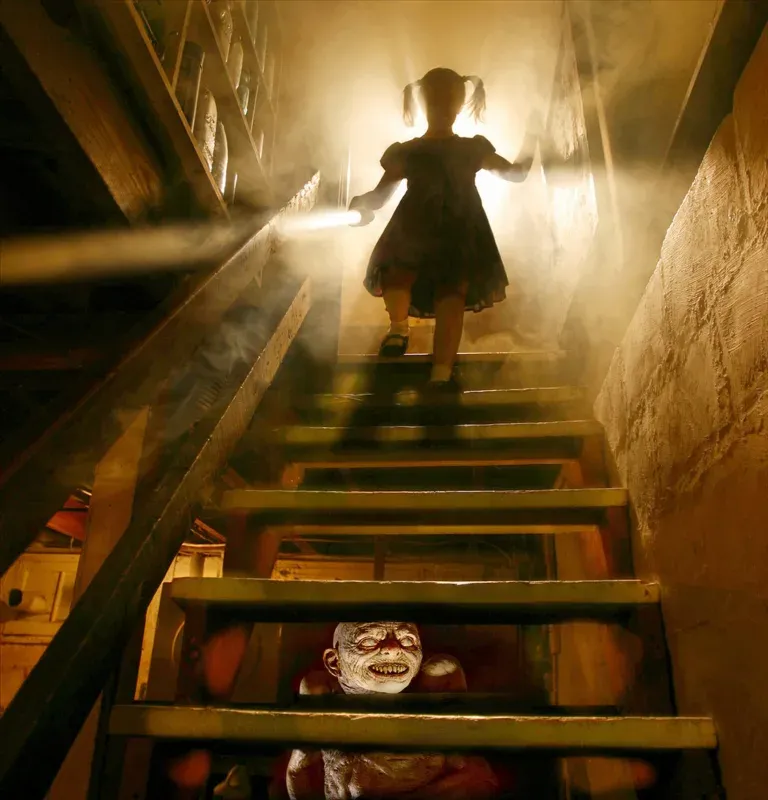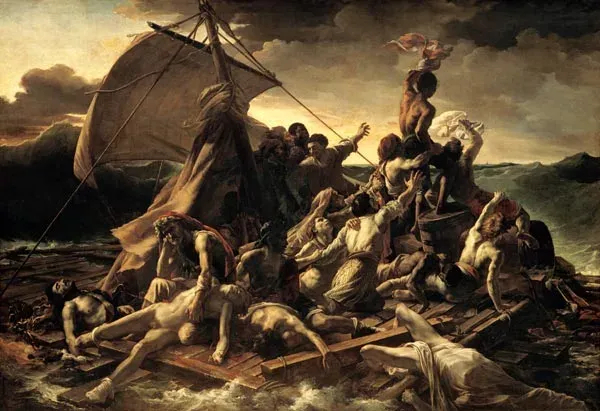The Temptation of St. Anthony
The painting “The Temptation of St. Anthony” is a work by Hieronymus Bosch, one of the most important painters of the Dutch Renaissance. Created between 1500 and 1506, the painting depicts the figure of Saint Anthony the Great being tempted by the devil in various forms.
The work is one of Bosch’s most complex and mysterious, in which he expresses a worldview that transcends visible reality. The painting is divided into many scenes, in which the saint is tempted by monstrous and bizarre creatures, representations of vices and sins that surround him.
The attention to detail is remarkable, with each creature representing a different vice, such as gluttony, lust, greed, and envy. The figure of Saint Anthony, on the other hand, represents the struggle against these temptations, with his stern and resolute figure resisting the devil’s snares.
There are many interpretations of the painting, reflecting the complexity of Bosch’s vision. Some see it as a representation of the struggle between good and evil, with Saint Anthony representing virtue and the devil representing sin.
Others see the painting as a representation of fear and anguish, with the monstrous creatures representing human fears.
In any case, the painting is a work of great historical and cultural value, which has influenced many subsequent artists. Its complexity and depth have made the painting one of the most studied and discussed works of the Dutch Renaissance.
In conclusion, “The Temptation of St. Anthony” is an extraordinary painting by Hieronymus Bosch, representing the struggle between good and evil, virtue and sin, fear and anguish.
Its beauty and complexity make it a timeless work of art, which continues to inspire artists and scholars to this day.
If you happen to be in Lisbon, you can admire it at the National Museum of Ancient Art.






